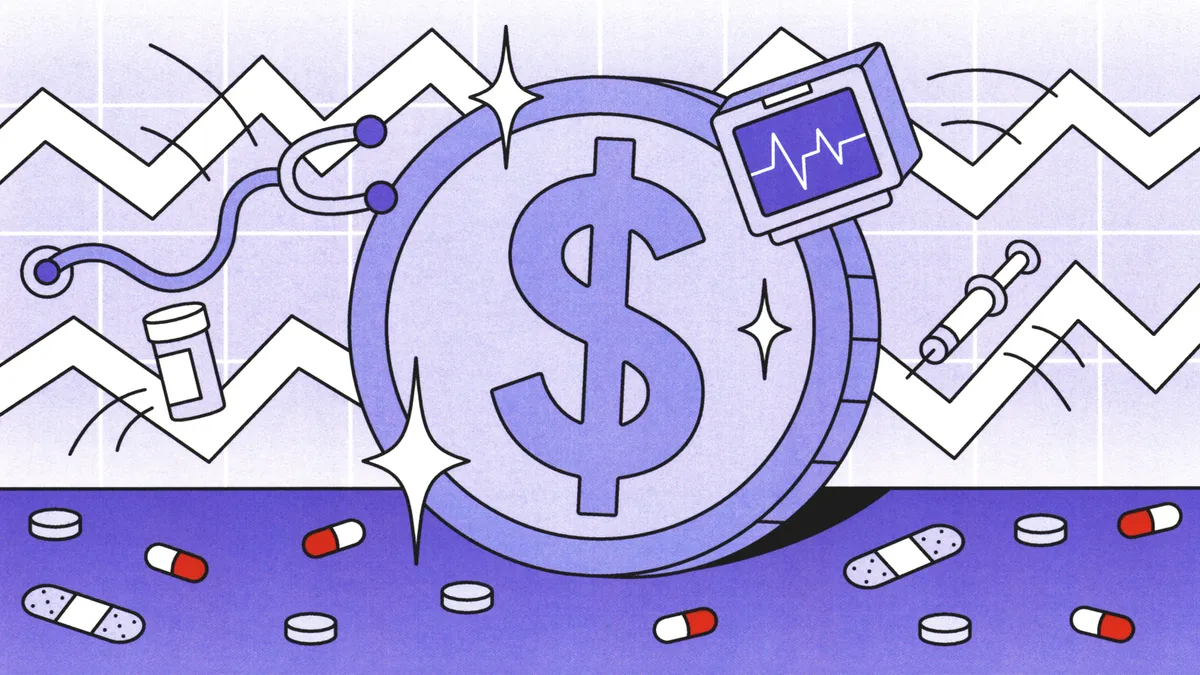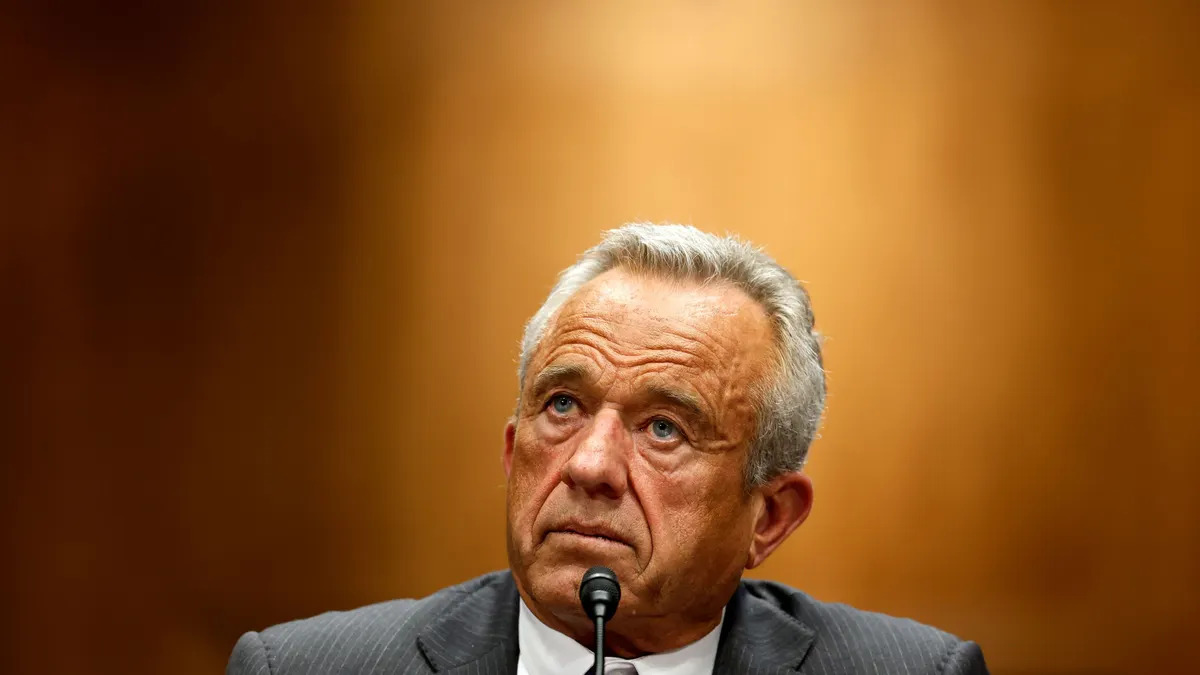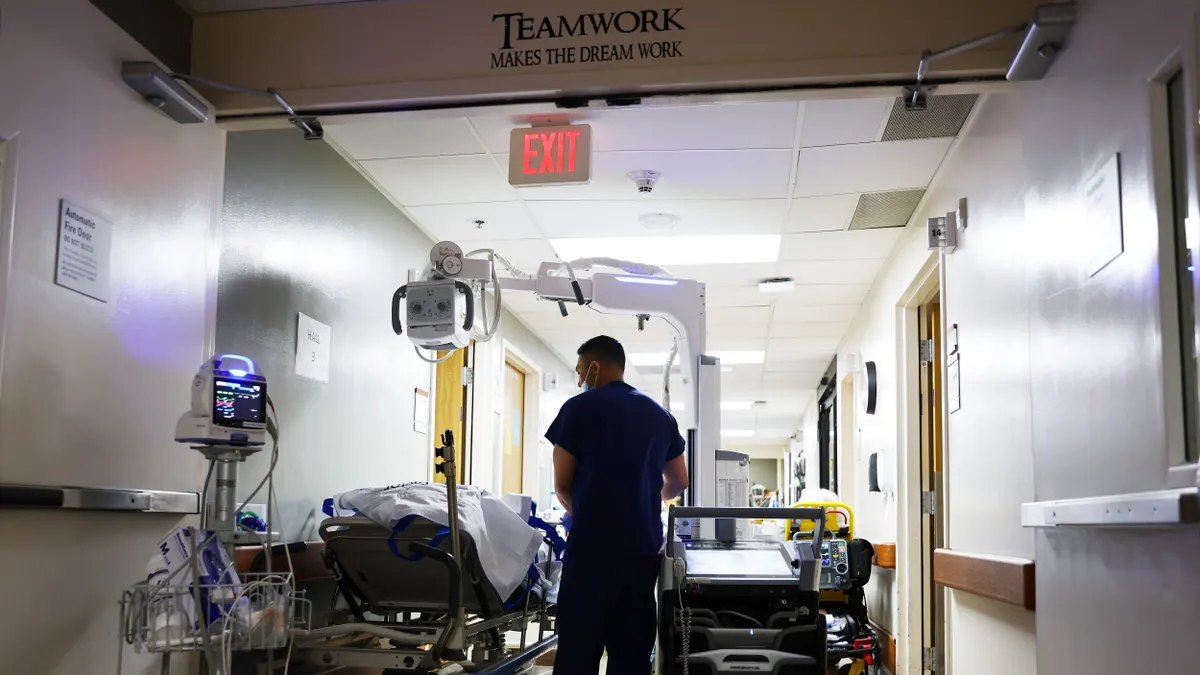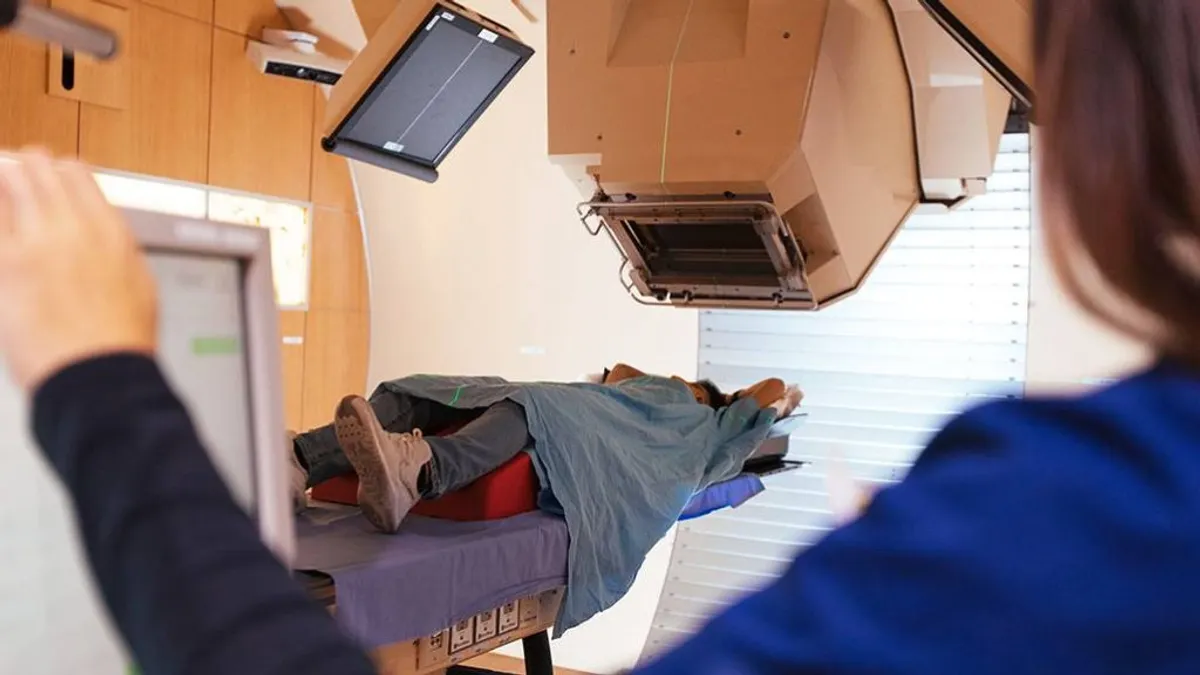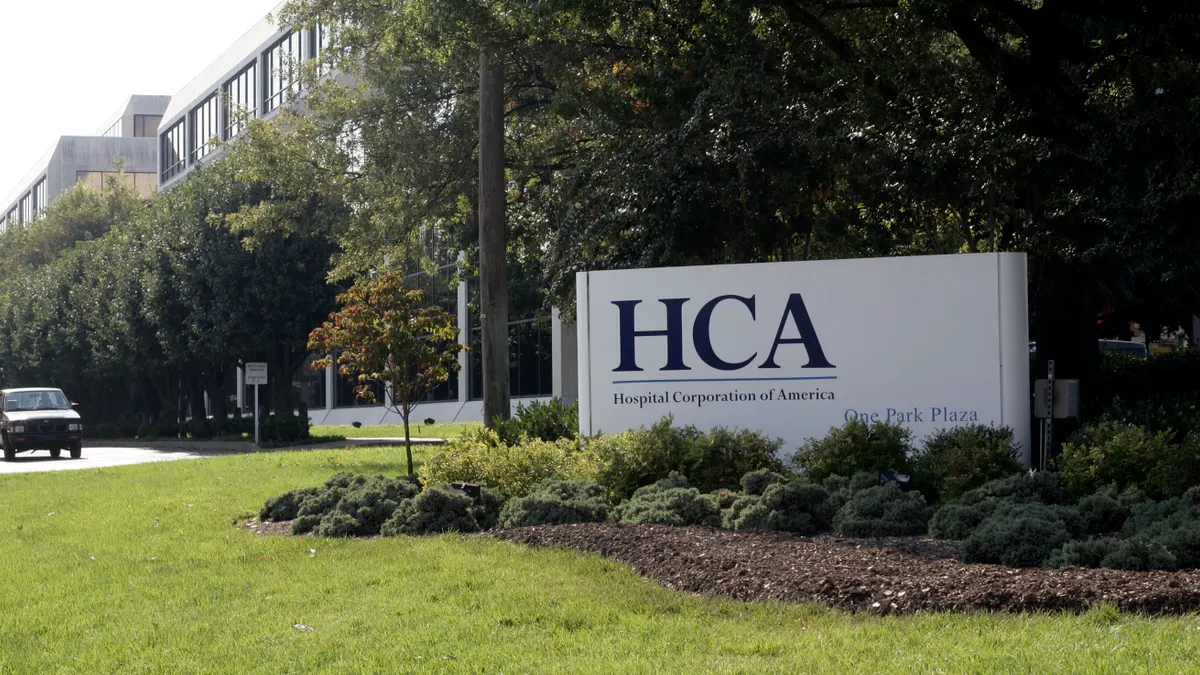Most of the nation’s leading for-profit hospital systems by revenue — HCA Healthcare, Tenet Healthcare and Universal Health Services — closed out fiscal year 2024 with net gains, boosted by strong demand for services and careful cost containment strategies.
Still, executives weren’t taking a victory lap on fourth-quarter earnings calls.
The leading for-profit health systems — including Community Health Systems — projected revenue figures for 2025 that were more conservative than analysts expected, as executives expressed worry about an uncertain federal regulatory environment. In Washington, lawmakers are weighing a series of changes that threaten to cut into provider revenue, including cuts to Medicaid. The Trump administration has also increased tariffs and threatened to hike taxes on imports even further, which could drive up providers’ expenses for equipment produced abroad.
HCA expects to draw in between $72.8 billion and $75.8 billion in revenue; UHS expects to bring in between $17 billion and $17.4 billion; Tenet forecasts between $20.6 billion and $21 billion; and Community Health Systems expects to take in between $12.2 billion and $12.6 billion.
During earnings calls, executives dedicated significant amounts of time to fielding questions from analysts about how policy changes in Washington might impact their bottom lines in the coming year. Here’s what they said.
Providers lobby Washington to preserve Medicaid
HCA kicked off the earnings season in January, and UHS ended the reporting period almost exactly a month later. During that time, discussions about cutting Medicaid seemed increasingly likely after House Republicans passed a budget blueprint that calls for a $2 trillion reduction in federal spending.
The House Energy and Commerce Committee, which oversees Medicare and Medicaid, was specifically tasked with reducing spending by $880 billion. Republicans won’t be able to meet that budget target unless they cut Medicaid, according to the Congressional Budget Office.
Should Congress slash Medicaid, health systems could feel an immediate financial impact, warns credit rating agency Fitch Ratings, with the biggest impact felt by systems with a large presence in expansion states.
Executives from UHS and CHS said they were appealing to lawmakers to preserve the program.
“We’re doing a lot of work around lobbying activities, obviously, making sure that the reason why these programs are important is clearly understood by our elected officials,” said CHS CEO Tim Hingtgen.
UHS CEO Marc Miller said he’s seen “significant” pushback to proposed cuts.
“We’re clearly monitoring this very closely, talking off the record with many of the folks, not just in Washington, but in the states,” said Miller. “And I think that’s a key point. The folks in Congress are hearing from the governors’ offices in many of these states... it’s a bipartisan effort.”
While Tenet’s CEO Saum Sutaria agreed that states would be an important partner in preserving Medicaid, he downplayed the effect of Medicaid cuts on Tenet’s core business.
For starters, he said the government identified reducing fraud within Medicaid as its primary goal — something he believes may have been accomplished through last year’s Medicaid redeterminations process, in which state agencies began rechecking rolls to determine if beneficiaries still met the bar for coverage.
He also said much of Tenet’s growth next year will be independent from its Medicaid population. In recent quarters, Tenet has been boosted by its ambulatory surgery business, which the executive said does not have significant exposure to Medicaid.
“I mean the reality is half our EBITDA is generated in the segment that isn’t really facing risk from any scenario out there related to Medicaid programs and that’s very helpful,” Sutaria said.
The status of Medicaid supplemental payment programs remains unknown
The status of several Medicaid state supplemental payment programs remain an unknown, as the CMS under the Trump administration has yet to finalize rates for 2025.
The supplemental payment programs create funds to help cover the shortfall between low Medicaid reimbursement rates and the actual cost of care for providers. While providers say they still lose money treating Medicaid patients, the Biden administration increased the payment rate for providers last year to help stem losses.
“When you take total Medicaid reimbursement, including the effects of supplemental payment programs on Medicaid, we’re still short of covering the cost of care around Medicaid,” said HCA CFO Mike Marks. “These programs are important, and they’re important to the industry and not just HCA, but the wide range of not-for-profit and public hospitals across America.”
Still, the funds need to be approved by the CMS annually. While executives pointed to the popularity of the program as evidence Trump will keep the supplemental payment programs mostly untouched, his penchant for undoing Biden-era policies have created some degree of uncertainty.
During President Trump’s first term, the CMS generally took steps to limit or modify Medicaid spending, including adjustments to supplemental payments. The administration scaled back some supplemental payments to providers and made changes to how certain funding mechanisms, such as Disproportionate Share Hospital payments, were administered.
Providers are particularly concerned about programs in Tennessee, New Mexico and Washington, D.C., which were supposed to be finalized in 2024 but remain outstanding.
“When we consider all the various programs, noting the complexity and the variability in the moving parts, we are projecting and estimating that our net effect of supplemental payment programs will range between flat to 2024 to upwards of a $250 million headwind,” Marks said.
UHS likewise predicted that supplemental payments could decrease in 2025 compared with 2024, according to Miller.
CHS projected strong confidence that the supplemental programs would be approved as planned, with CFO Kevin Hammons calling the New Mexico program “basically a renewal.”
“Our guidance does not include directed payment program reimbursement for New Mexico or Tennessee, as those programs have not yet been approved by CMS for 2025,” Hammons said. “If those programs get approved for 2025, we believe it will add an incremental $100 million to $125 million to our annual guided run rate of EBITDA.”
Analysts have mostly been optimistic that state supplemental payment programs will be approved for 2025 at expected rates. In an analyst note published in February, Brian Tanquilut from Jefferies said the programs were likely to go into effect, and TD Cowen agreed with that take in March.
However, executives from HCA speaking at a fireside chat with TD Cowen said any risks to supplemental payments are likely to show up in 2026 when more payments approved by former President Joe Biden require new approval.


